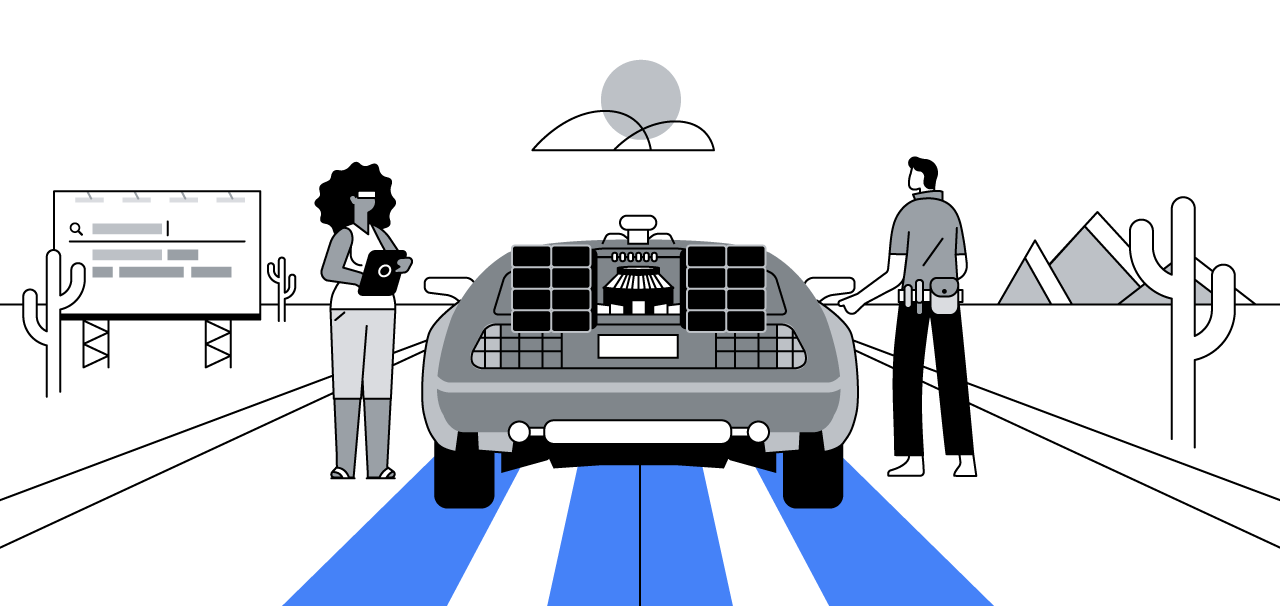Thomas Nuss is CEO of the German agency, Eprofessional, which has a reputation for developing nimble, automation-heavy marketing solutions for global brands, including Vodafone and L’Oréal.
Among marketers, the term “automation” can send shivers up the spine. For me, these are shivers of excitement. I know how to use automation to drive better, faster results with fewer man-hours for my clients. Some others may hear the word “automation” and experience slight shivers of apprehension.
In today’s world — it’s 2021 after all — modern marketers can’t experience these kinds of shivers any longer. To move forward, reach customers, and deliver results in an accelerating digital environment, it’s time to give automation another serious look.
I understand the hesitancy. You may have been burned in the past by automated solutions and thought, “I will never let this happen again”. In fact, there are multiple psychological studies about “algorithm aversion”. People get so upset when algorithms fail that they cannot “forgive” the algorithm, whereas they would easily forgive a colleague for the exact same mistake. Ultimately, this leads to a myriad of human errors as teams attempt to do everything manually.
At Eprofessional, we’re driven by data and experience, and both tell us that automation drives business results. A BCG study makes the argument simple: companies that use automated techniques to deliver relevant ads and content to consumers reported up to 20% higher sales within a few weeks. Better yet, companies that deployed automated marketing campaigns with human input can grow sales by an additional 15 percentage points.
The next level of automation
Our willingness to deploy additional levels of automation alongside human input gives Eprofessional a competitive advantage and keeps our clients happy. We continue to test and learn, recently piloting a new automation feature in Google Ads with a handful of our clients ahead of the global launch in April. The system gives brands the ability to automatically apply a range of recommendations from the Google Ads recommendations page. Instead of manually approving the recommendations each day — boom! — the system optimises campaigns as soon as the opportunity arises. Currently, 17 types of recommendations are covered, helping time-starved marketers shift their focus from manual optimisation to strategic thinking.
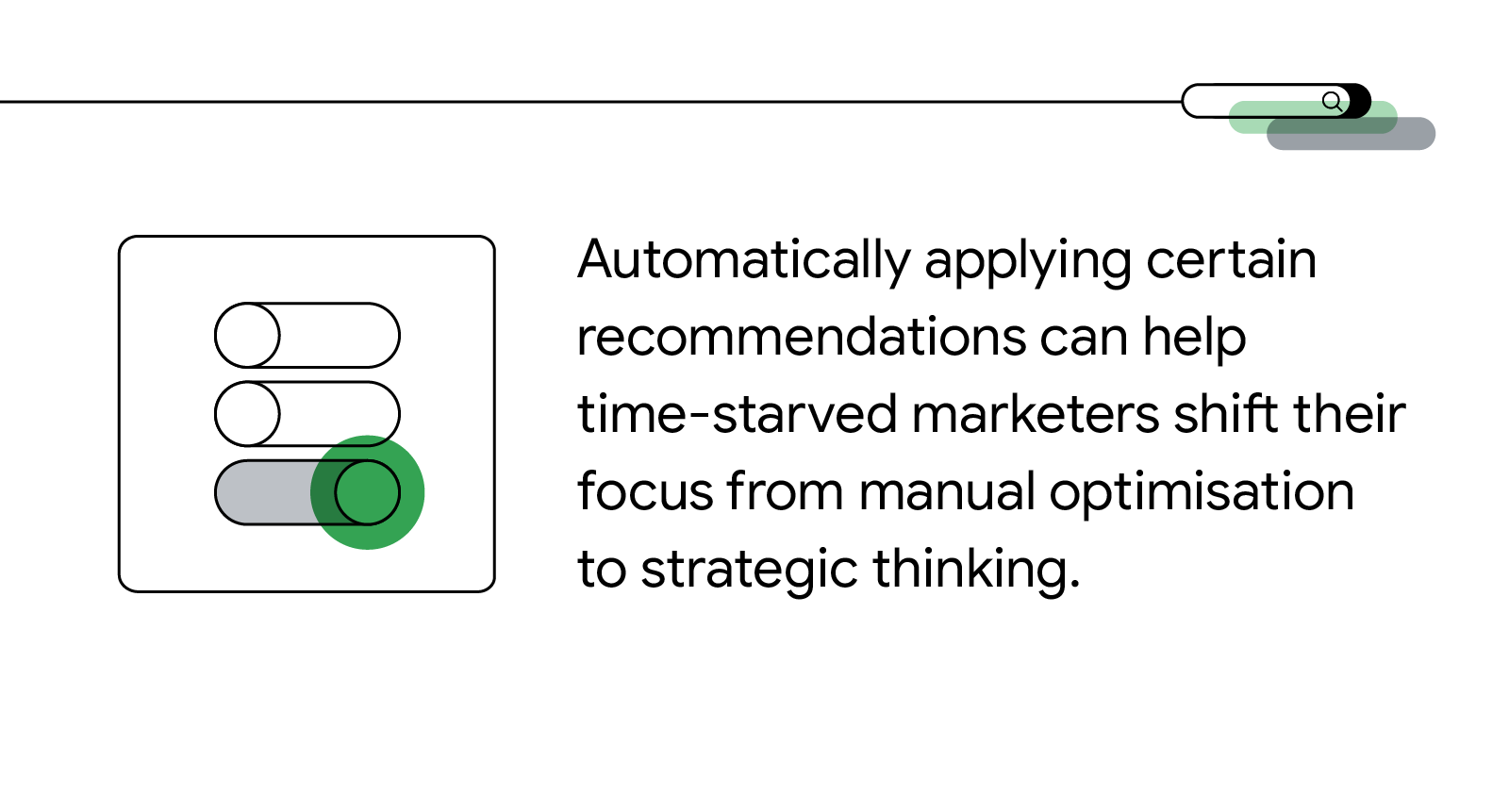
The personal care company L’Oréal Germany became one of our first clients to opt into the new Google pilot, automatically applying certain campaign recommendations and removing the manual work.
Our Director of Search & Automation, Franziska Jaeger, was pleased with L'Oréal's mindset: "We hear from a lot of clients who are worried about giving up control over important aspects of campaign optimisation, so it was great to see how L’Oréal was so willing to try something new.”
We immediately saw results. Our agency saved significant time: 25 hours in March 2021, for instance. This allowed us to swap our focus to improve the measurement of customer engagement on L’Oréal’s websites, which is a more strategic project. This ultimately led to significantly better business results.
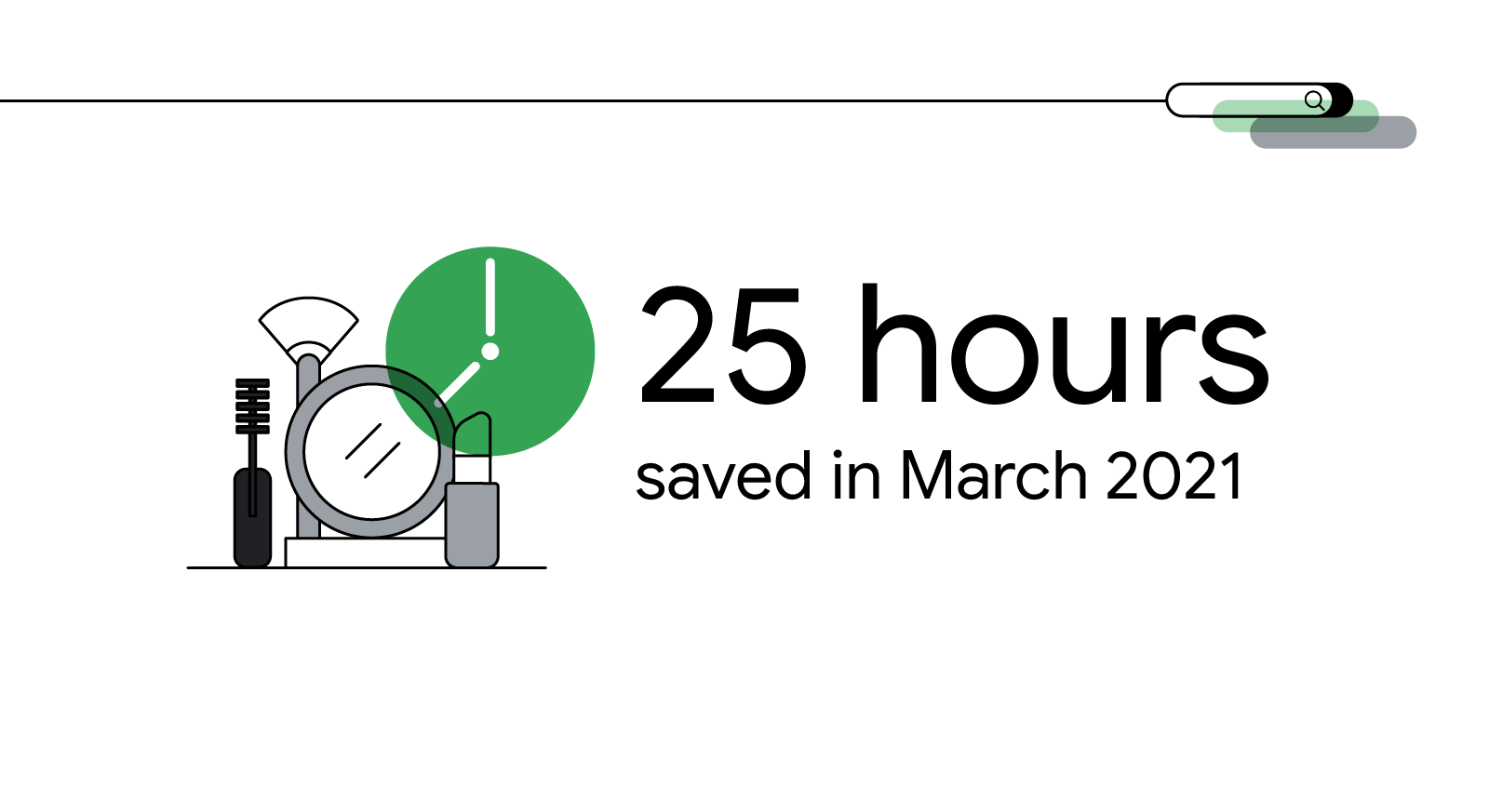
Here’s what we’ve learned in the last few months as we’ve incorporated more automation and machine learning into other client campaigns:
Vodafone: Dialling up results
The multinational telecommunications firm Vodafone was facing a key challenge: People were going through the initial steps of signing up for subscription plans, but a high proportion did not complete the process. Both teams sought to address this issue by using Vodafone’s first-party customer journey and attribution data to understand each users’ whole journey. Then we fed that data into automated bidding strategies.
Vodafone changed its optimisation strategy in Google Ads to focus on net revenue, giving more budget to keywords that generated paying subscribers while reducing budget to keywords that led to cancellations. The results were impressive: Vodafone increased new subscribers by 32% and reduced sign-ups that didn’t convert to paying customers.
"The use of automation opened up the possibility of growing subscriptions and increasing overall revenue," said Vodafone’s Head of Search, Jasmin Lehmann. "This has allowed us to shift resources to strategic projects and innovation”.
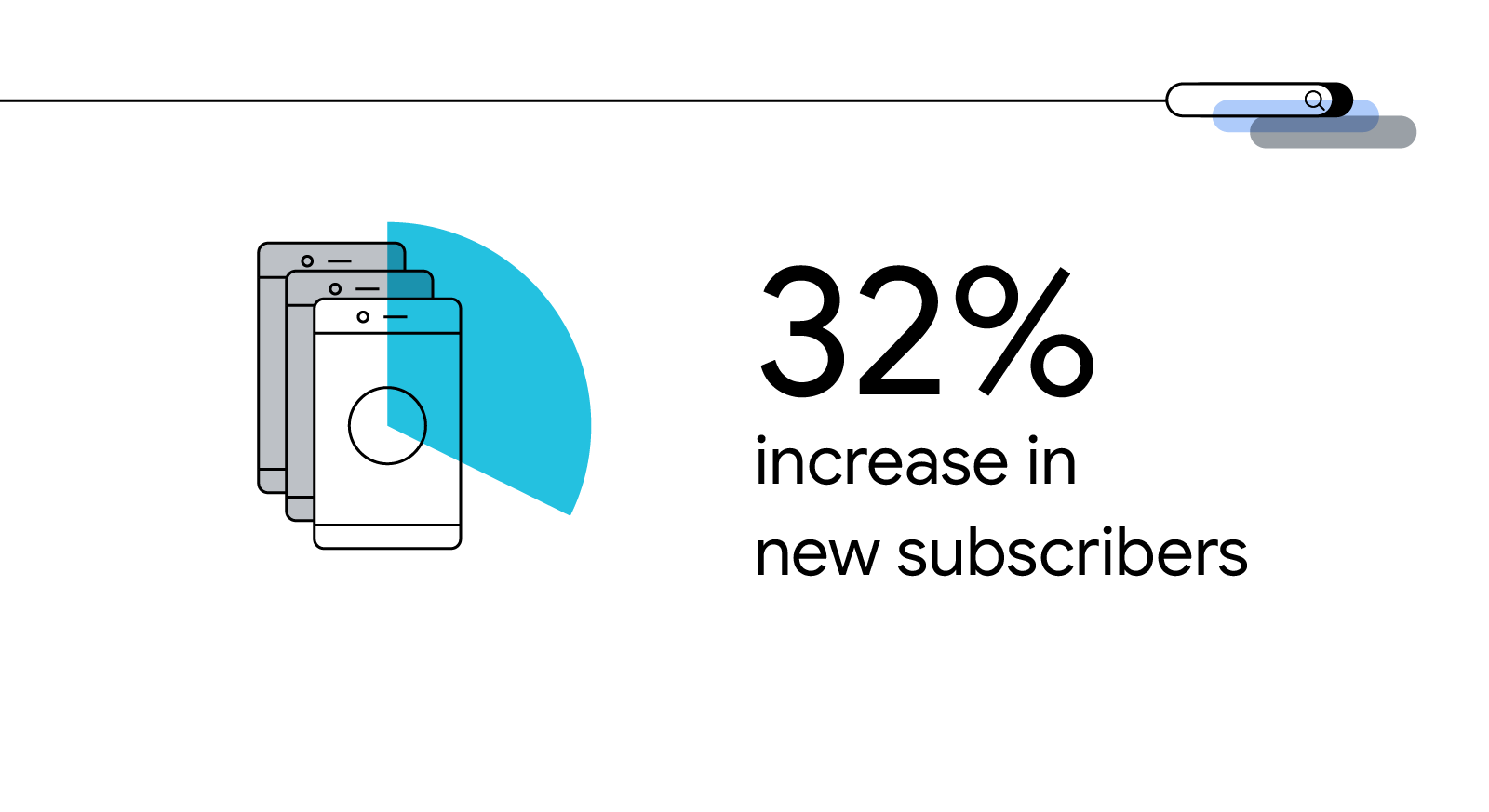
Hapag-Lloyd: Navigating demand
We helped set up and test 67 Search campaigns in 67 countries for this shipping and container transportation company. Our key goal was finding relevant customers around the world, with campaigns running across different time zones, languages, and target groups. Automated bidding helped us process every relevant signal — which would be impossible to achieve manually — and allocate budget accordingly.
First we applied a simple strategy of driving as many clicks to the Hapag-Lloyd website as possible, then refined our approach by switching to a cost per acquisition (CPA) model. Conversions increased by 63%, and CPA dropped by 14% within six months.
This strategy has now been rolled out to twice as many countries. “It would have been impossible for us to manage campaigns across time zones, languages, and target groups manually in 144 countries,” said Hapag-Lloyd’s Director of Global Digital Marketing, Jenny Gruner. “Automation allowed us to do that — and allocate budget accordingly.”
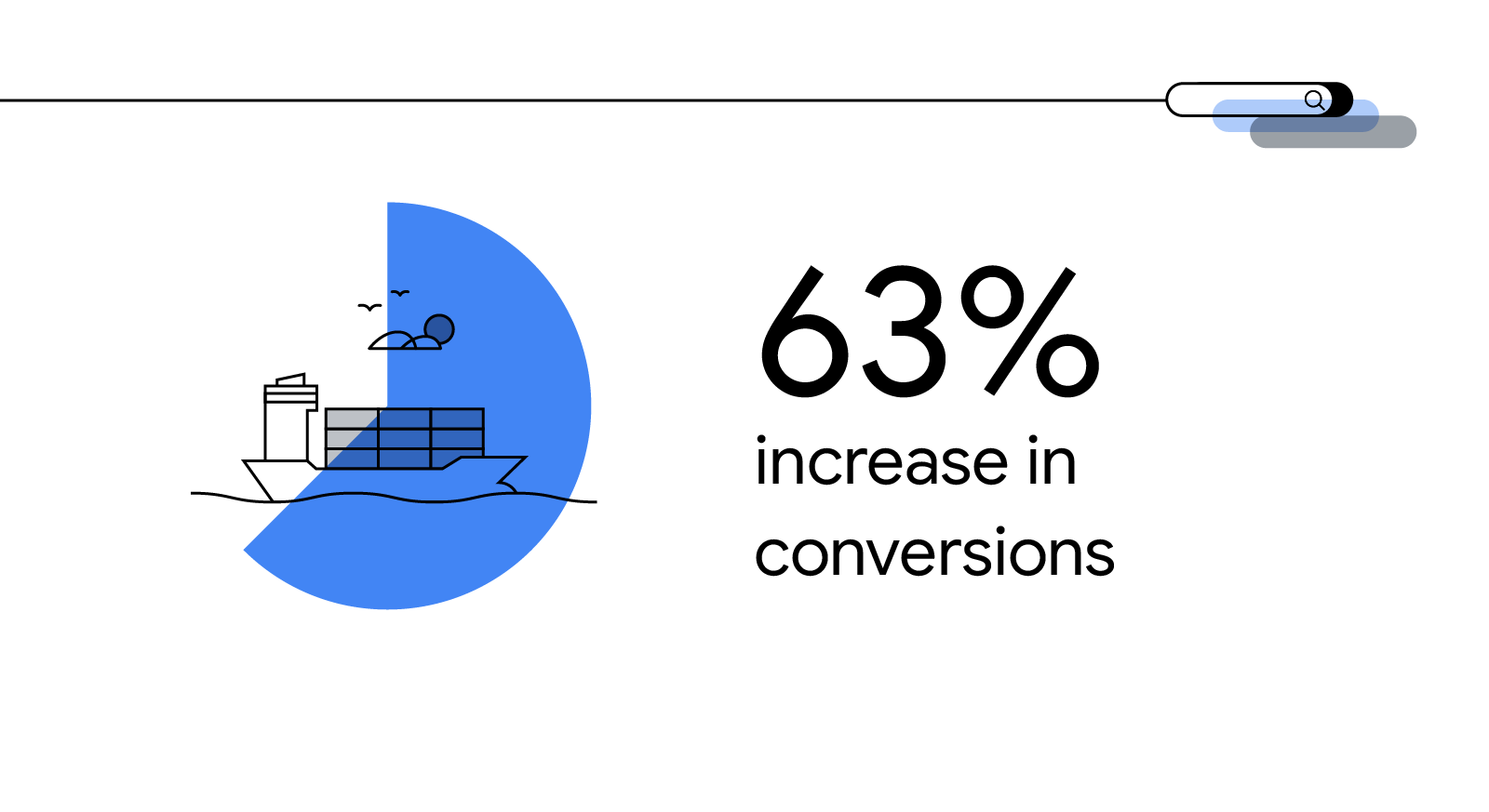
The argument for automation
Some people feel unnerved when I say it, but machines are simply smarter than humans in many areas of business. Of course, there are still many tasks that only humans can do, or humans do best — but by working in conjunction with machines, we can make our work more productive, efficient, and satisfying.
Here are four key considerations to use automation to its full potential in your business:
1. First-party data comes first
Feed your own proprietary first-party data into your automated systems instead of relying on third-party data. First-party data provides clear, unique insights about your customers that no one else will have. It also helps future-proof your business as third-party cookies no longer meet the privacy bar.
2. Better measurement, better results
Once your automated systems are supplied with the right first-party data, ensure you are using suitable measurement techniques to fully understand how your campaigns and sites are performing. This can include implementing advanced attribution techniques to get a clearer picture of the channels that are driving results. This allows you to continually optimise and redirect resources to the best performing channels.
3. Be budget conscious
Within Google Ads, the recommendations page will often highlight opportunities to ramp up budget on one campaign and trim budget in another area. Be ready to pivot for new opportunities and don’t limit yourself with strict budget rules.
4. Switch focus to the strategic
Divert the human resources freed up by automation towards generating new, innovative ideas and pursuing more strategic opportunities. That’s where our human brain power works best.


